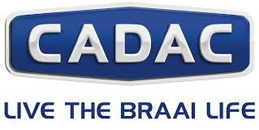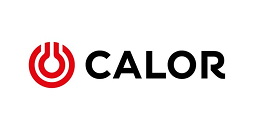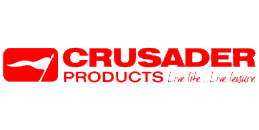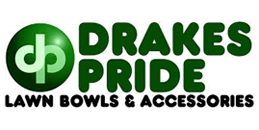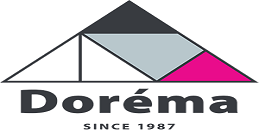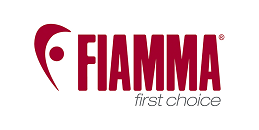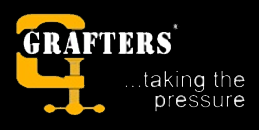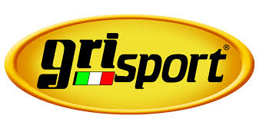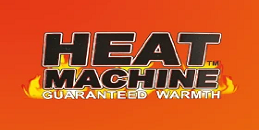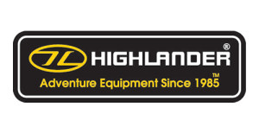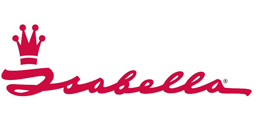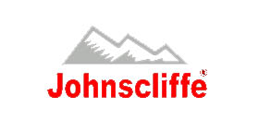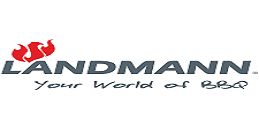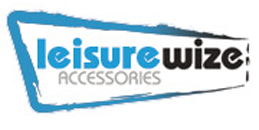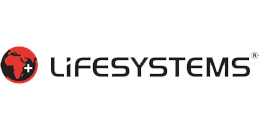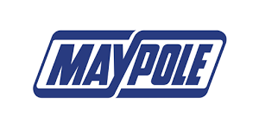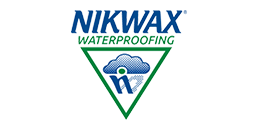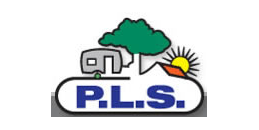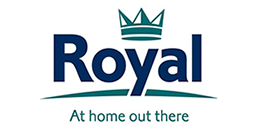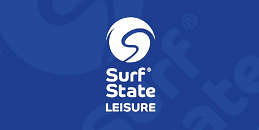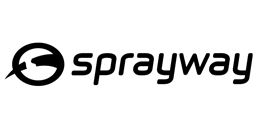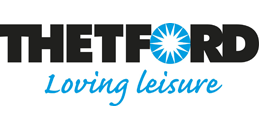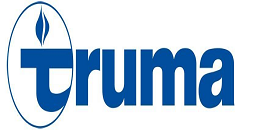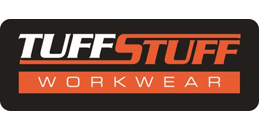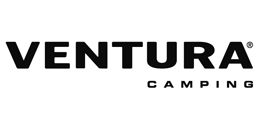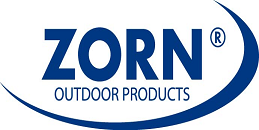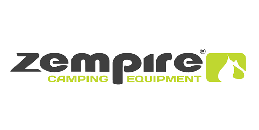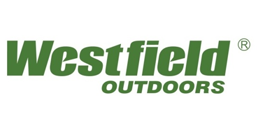Best Tents for Travelling, Families and Festivals
Choosing which tent to buy from today's marketplace can be daunting! Which style, which model, which brand... ahhhh?!
Luckily for you we've got all the information you need to make it easy to choose the right tent. Whether you're looking for a family tent, touring tent or something for the festival season.
And if you're stuck for where to camp this year, check out our Staycation Guide for a UK Holiday, complete with some of Britain's top camping spots.
Tent Materials
Most modern tents are made from polyester (a few from nylon) which are PU coated to different levels of weather resistance, graded as Hydrostatic Head.
The starter rating is 1500mm which basically means the material is water resistant or showerproof. After a short period of time or depending on how heavy the rain is, water will penetrate through the cloth.
When a tent has a 3000mm Hydrostatic Head, like the Summit Pinnacle range, you have reached a good waterproof level and this will generally resist most UK weather conditions (excluding storms).
Some ratings can go as high as 6000mm HH but this does not necessarily mean the material is any more waterproof. The coatings are heavier and take longer to degrade with UV light, thus prolonging the life of the tent. Unfortunately it's not possible to guage the life of a tent because it depends on the how much sunlight it is subjected to and its intensity. Obviously some European countries have a very high UV factor which rapidly accellerates the life of your equipment. Some manufacturer's give you Denier cloth ratings which generally start around 75 (threads per square inch). Obviously the higher the better.
There are a number of Polycotton tents available from top manufacturers like Kampa and Vango that hark back to yesteryear and have some excellent features but these come at a price.
Pros
- Breathable material cuts down on condensation
- Cooler inside when it's hot and retains warmth at night
- Generally lasts longer
Cons
- Tend to be pricier
- Heavier and bulkier
- Need to be dried out within a shorter time if packed away wet
In general, you get what you pay for with camping equipment, and it's worth it as your holiday experience will often depend on its quality.
Pole vs AIR Tents
Over the last 5 years there has been a massive growth in inflatable / AIR tents. People have discovered the wonderful advantages of this invention that has very quickly become the favourite for campers.
Apart from the fact that AIR tents take literally minutes to pitch - peg out the four corners and inflate the beams with the manual hand pump provided - they are very strong and stable and perform very well in all weather.
The most popular question is 'what if it punctures'?! Air poles can be replaced just like metal or fibreglass ones by simply un-zipping the internal sleeves and either repairing punctures, very much like an inner tube on a bicycle, or replacing the 'bladder' completely.
So there are very few disadvantages. AIR tents are more expensive than poled tents but most people feel that convenience and ease of use outweigh the cost.
The air poles inflate on these tents individually rather than by single inflation or from one point. The reason is that it is quicker and easier to inflate a single pole rather than collectively against the whole weight of the tent material.
There are still a good selection of 'pole' tents available in adventure, festival, touring and family size styles. These can be excellent value for money if you are prepared to put a little more work into building them.
Tent Styles
Trekking (Adventure) & Technical Tents
As a rule these are tents you crawl into rather than stand up in and are made for the very basics. As the style suggests they are more designed for extreme camping and generally out of summer season use where higher weather proof ratings are necessary.
Pack size and weight are essential requirements when a tent needs to be personally carried. This type of tent is commonly associated with Duke of Edinburgh Awards or other expedition applications.
Vango manufacture a wide range of this equipment in different styles and berth's and have D of E approval and recommendation.

The majority of festival tents also have a low level profile making them easy to transport. Pop-up Tents are widely used for festivals because they are easy and extremely quick to pitch (but not too easy to pack away). They tend to have the lowest waterproof rating (showerproof 1500mm HH) and are single skinned (no inner tent).
Upgrade from these to a fantastic selection of small touring tents with much higher specifications that are great for festivals. The majority have fibreglass poles so are relatively quick to pitch and can withstand most weather during the summer season, which makes them ideal for touring.
An inexpensive way to travel around/tour from place to place. Kampa have an excellent range of sizes to suit up to four people with a number of essential features.

Family Tents and Group Camping
The choice of family tents is enormous and our speciality at Camping & General. Looking closely at the market place there is basically one design that is a go-to for manufacturer's - the Tunnel. A series of hoops or arches spaced equally make up the design, which is rectangular in shape. Gone are the days of strange complex shapes that can be difficult to set up.
The tent industry has conformed both to camping site requirements and the request to keep pitching as quick and simple as possible.


These tunnel tents take on two basic designs;
1. Bedrooms placed at the rear of the tent in a row, creating a large living space at the front sometimes with an open porch area or one that's completely enclosed.
This style is by far the most popular with families with smaller children, so they can be kept close.
Like this Kampa AIR Tent for just £299.99

2. Bedrooms at each end with a living area in the middle known as 'Vis-a-vis'.
There is often an optional porch or awning available to fit to the side to create a wet room or cooking area. This style is popular with families with older children so sleeping arrangements can be separated.
Take a look at the 8person Kampa Watergate for £475

Both these styles are are available in various berth sizes (from 2 - 8 people).
The general rule of thumb is a family of four would opt for a six berth to ensure enough space and to maximise camping pitch sizes. Six people opting for an eight berth etc.
The 'average' pitch size (which can vary from one site to another, so check) is 8 metres x 5 metres. Most of the 6 berth or 8 berth tents should fit on these.
Market leaders are Vango, Kampa and Outwell who have an extensive range in both poled and inflatable / air tents.
Important considerations when purchasing a tent
A. Is the tent large enough for your holiday requirements? Consider the weather and space available inside if it's raining, but don't forget camping site stipulations
B. What is the waterproof specifications and are they adequate? For longevity the higher the Hydrostatic Head the better
C. Has the tent got adequate ventilation? The more people in a tent the higher the humidity and condensation
D. What are the bedroom arrangements? Do they suit your requirements?
E. Is there a Porch area to cook under if it's raining? Remember you cannot cook in the confines of the tent or living area
F. Does it have a rain entrance? Can you open a door without letting water into the living area
G. Are there optional extras? Footprints (undersheet) and Carpets are very popular and useful additions along with Porches or Awnings.
H. Are there facilities to hang lights and places for storage? Are there mains electric entry points to take advantage of campsite power.
I. What tent type is best for your trip? Bearing in mind the above, are you happy with poles or do you want the convenience and speed of an inflatable tent?
Our Top Tent Tips
1. If you are purchasing a large poled family tent (6 berth or larger) then you will need at least two adults (or one adult and a strong youth) to erect it.
Build the arches on the floor, peg one end (back) and pull it up together, one on each side. If you are on your own then definately consider an air tent.
2. A footprint groundsheet is custom made for the tent and goes down first. It will protect the sewn-in groundsheet and means you do not need to clean the bottom of the tent before you pack it away. (Not a nice job when it's raining)
3. Make sure all ventilation ports are open, especially at night otherwise you will increase the chance of condensation considerably.
4. Do not bring wet clothing etc into the main living area of the tent as again you will increase condensation.
5. Avoid using gas appliances inside the tent
6. Purchase a selection of tent pegs. Your tent will come with enough pegs to pitch it and these are made for grass. If you are on rocky ground (this could be just under the surface) you need some Rock Pegs and on very soft ground, Plastic Pegs.
7. Do not pitch under trees as bird lime and tree sap can damage waterproof coatings and are difficult to remove.
8. Never pitch at the bottom of a hill as rain could run down and possibly ingress your tent and the water table will be higher at this point.
9. Purchase a Multi Socket Mobile Mains Kit so you can take advantage of site electric. Useful in a family tent to plug in your lights, a fan heater and an electric cool box (with mains adaptor) for food and drink.
10. Purchase good quality sleeping bags to sleep in comfort. Remember in most tents you cannot easily regulate temperature.
Happy Camping!













